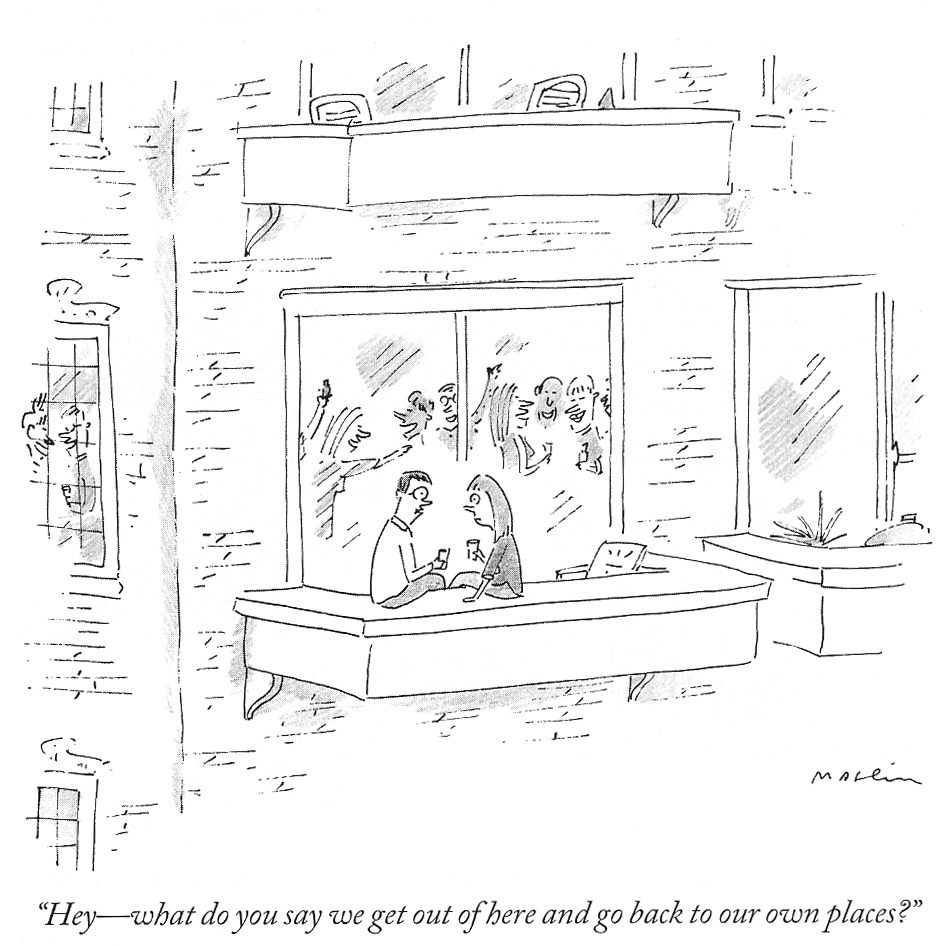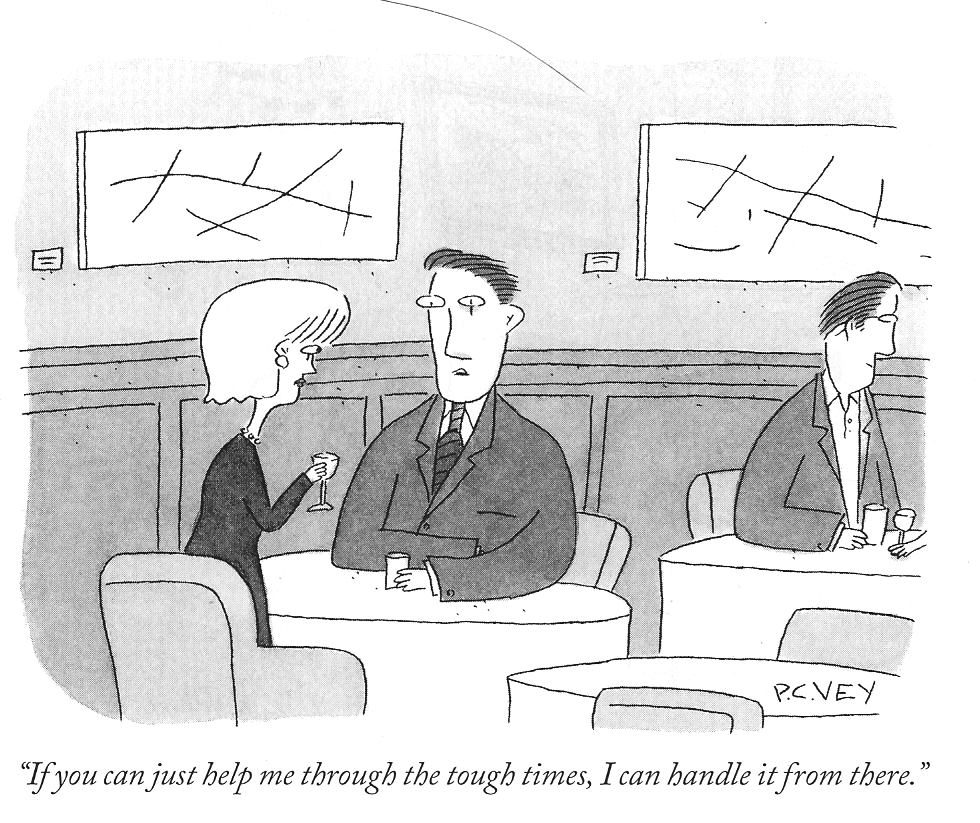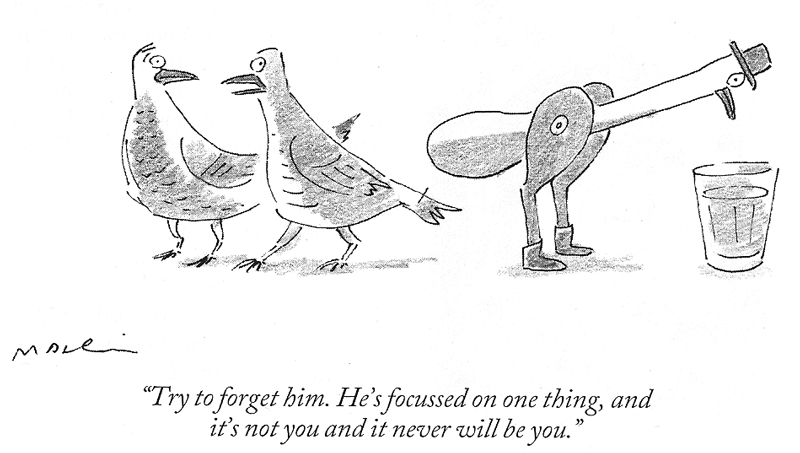The following is a discussion that took place on Facebook, and I thought I’d reproduce (an edited version of) it here to preserve the record and also to allow my blog followers to add comments if they wish.

Charles: Can relate to this.
Linda: Lmao so can I
John: you can be both sir
Charles: That means I will have to multi-task, right?
Lucy: Gifted is weird. Weird doesn’t have to be negative.
MFW: Charles, no one can multi-task. It’s an illusion that neurotypical (NT) people have. The brain can only focus on one thing at a time. For autistics, however, our focus is so intense that we have difficulty (i.e. it is slow for us) transitioning from one task to another. Yet, because we get so all-absorbed in whatever we are doing, we suffer exhaustion after not too long, and must change tasks to relieve the pressure. NTs call this ADHD, I call it time-sharing. NTs do the same thing, only they do it so rapidly it *appears* that they are doing more than one thing at a time! It is, as I say, an illusion (one that autistics cannot replicate).
Disclaimer: yes, I am aware that I am over-generalizing, but what good is hyperbole if you can’t use it?!
MFW: Lucy and John, I agree, of course! When I received my diagnosis of Asperger’s Syndrome, I told a good friend (someone who knows me quite well), who has a background in SPED and knows a lot about autism. Her response was, “No, Michael, that’s not your problem!”
“Oh?” I asked (with full confidence that it was the correct diagnosis), “what is my problem?”
“You’re gifted!” she replied
“They are not mutually exclusive!” was my reaction.
So, yes, I’m proud of being weird. Always have been.
Charles: Then my brain must function perfectly with rapid intermittent impulses because I often do several things at the same time. Also I function well in chaos.
Charles: Michael, You have me thinking about your statement. Well I disagree, because when I was a kid I played the drums. A drummer does six distinct different functions at the same time. Two feet playing to different peddles at different tempos, two hands playing different drums or cymbals at different speeds and movements, as well as reading music and listening to music all at the same time or it won’t work.
MFW: Charles, I’m just repeating the science as I understand it. That’s why I called multitasking an illusion. It may be a very useful and convincing one, but the brain does only one thing at a time. If you are switching tasks rapidly (and we can be talking microseconds here, since electrical impulses are involved) it may very much feel like you are doing many things simultaneously, and for all practical purposes, you are.
I was just trying to explain why, for many autistics, the illusion is difficult to create. Everyone is different, of course, and some of us can do some things and not others. The are many autistic people who are quite talented musically, and can do what you describe. Think of JS Bach! Or Mozart! (Both of whom are thought to have been autistic.) I do not happen to be one of those with musical talent. I joke that the only thing I can play well is the CD player. When I was a kid, I tried to learn to play the violin, and I was able to play some pretty advanced stuff, and, according to my teacher, I had perfect pitch. I was very talented as long as I was playing alone, and at my own tempo. When my teacher tried to get me to play at a different tempo, or when I played with a group, I fell apart. Too much input!
For many autistics, this difficulty (called monotropism — here is a “stub” which is not too informative and incomplete, but gives the gist: http://en.wikipedia.org/wiki/Monotropism) results in such well-known behaviors as not looking someone in the eye when speaking to them. (http://jerobison.blogspot.com/) Stephen Shore has said that when asked to look someone in the eye while speaking to them, his response has been, “I can look you in the eye *or* I can speak to you. Which do you want?”
Lucy: I’m not sure that drum playing etc is in the category of multi-tasking, even though it integrates various cognitive and physical processes. Many (most?) tasks combine multiple skills and functions (reading, conversing, gymnastics, trying to make sense of GOP debates, etc etc). Those functions have to be compatible — effectively operate as one — for the task to be achievable. Maybe it’s in trying to combine two separate tasks — two different sets of skills and functions, fighting for the same mental and physical resources — that it all falls apart… even though, as Michael points out, there is a widespread neurotypical conceit that we can handle it. Btw, I find these discussions (in Michael’s threads) of the Aspergian/autistic experience very helpful in understanding my son.
Charles: I think they need more research!





